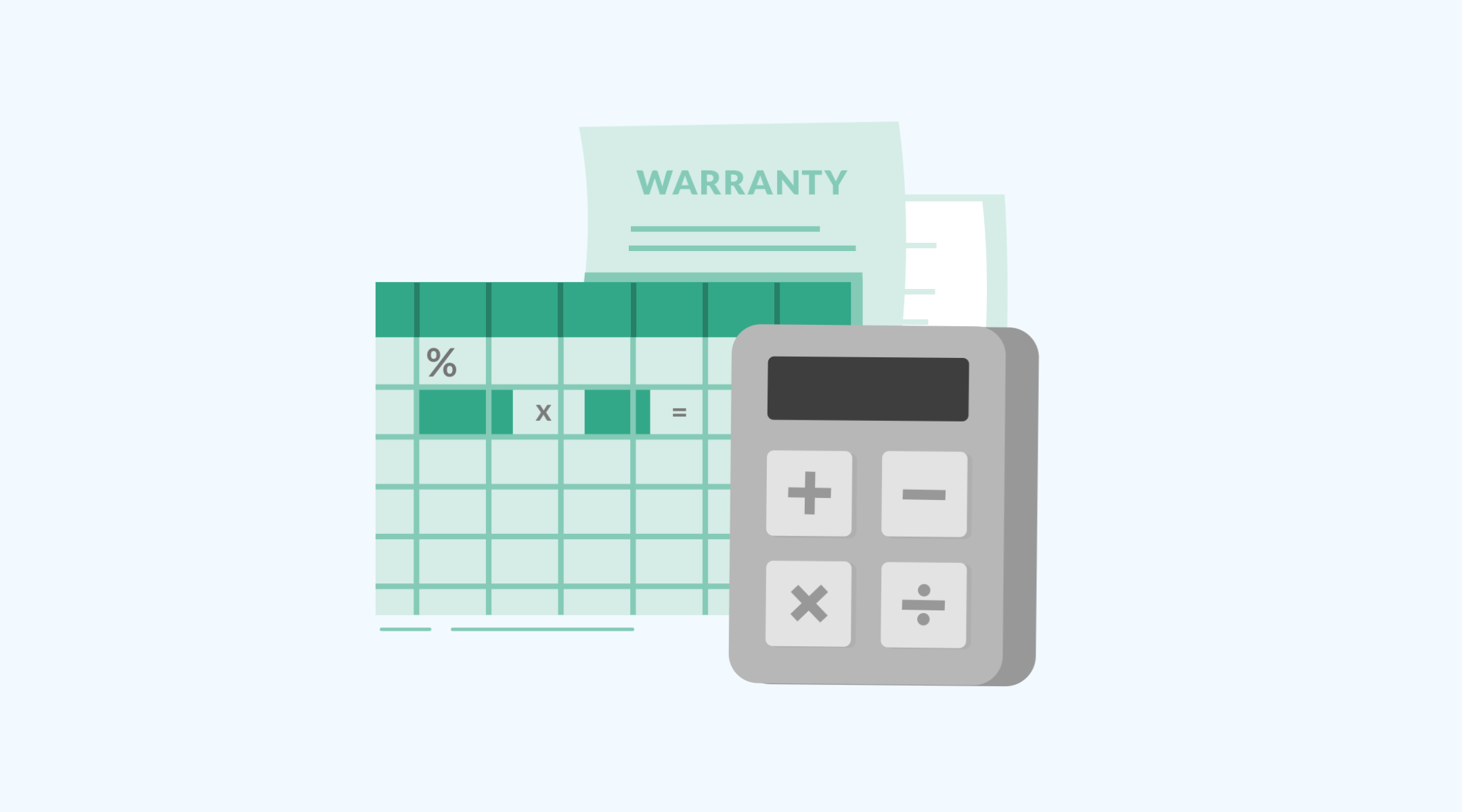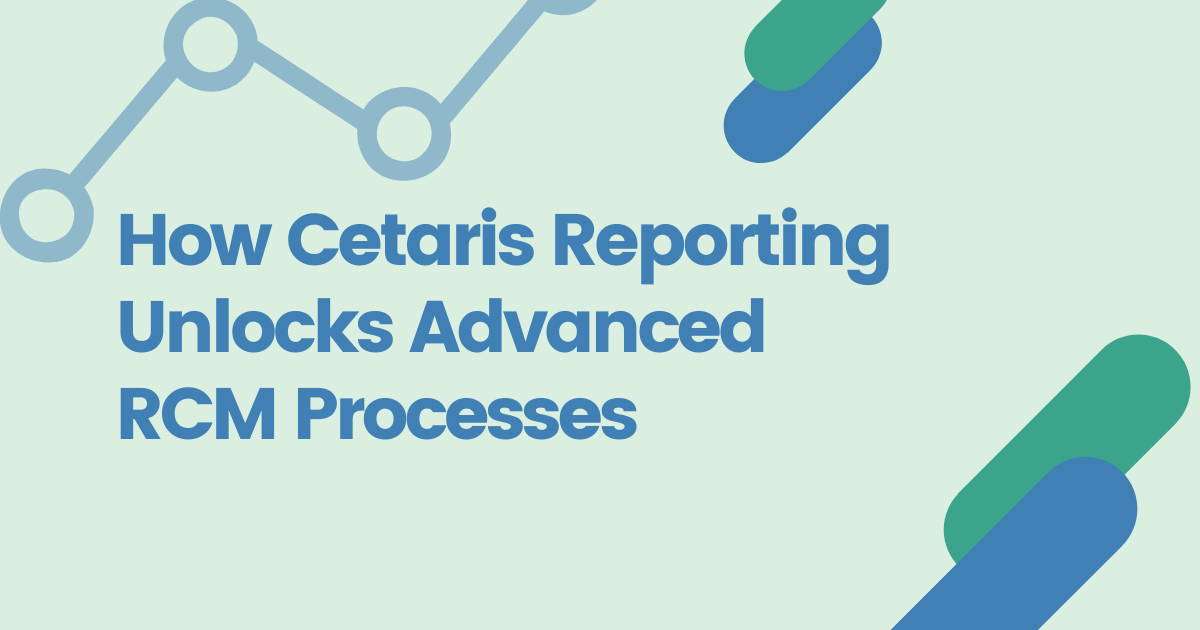The Tight-Rope Walk Between RCM and Reactive Maintenance
It’s a proven fact that Predictive Maintenance (PdM) and Reliability-Centered Maintenance (RCM) strategies give your business more maintenance cost savings, equipment uptime and equipment lifetime than corrective or preventive maintenance.
The biggest differentiator between the different maintenance strategies is in their timing. Corrective maintenance is largely reactive, where the action is only taken when something has gone wrong. Preventive maintenance without supporting data is not much better, as maintenance is performed on a schedule whether or not the equipment needs it, leading to high service and materials costs.
Predictive maintenance and reliability-centered maintenance, on the other hand, emphasize proactive and data-centric measures that are taken well before any damage takes place. It’s a smarter approach to maintenance and allows businesses better control over their resources while ensuring minimal equipment and productivity downtime.
But adopting reliability-centered maintenance and predictive maintenance isn’t as simple as swapping out a part some random time. Do it too early, and you waste equipment and increase your costs. Do it too late, and it’s no different from corrective maintenance. To time PdM and RCM properly, you need to have reliable data to build accurate predictive models.
What Cetaris reports can do for you
Data is the lifeblood of an effective maintenance program, and Cetaris has taken great pains to ensure that the data provided to you through its reporting suite is accurate, timely and above all, relevant. Our cutting-edge reports leverage Reliability, Availability and Maintainability (RAM) analysis in both Cetaris Fleet and Fixed Asset maintenance systems.
By leveraging Cetaris’ powerful data analysis and reporting system, you can:
- Increase design life
- Eliminate or reduce the likelihood of failure
- Mitigate safety risks
- Reduce service downtime
- Lower lifecycle costs
- How do Cetaris reports accomplish all this?
RAM Engineering and Analysis
RAM stands for Reliability, Availability, and Maintainability— the three cornerstones of any effective maintenance program. RAM engineering is the study, characterization, measurement, and analysis of system failures and repairs to improve their operation and use.
Reliability is the probability that a given component or system will perform its intended function with no failures for a given duration when used under specific operating conditions — whether those conditions are a test environment or an operating environment.
Availability is the probability that a repairable system will perform its intended function at a given point in time (or over a specified duration) when operated and maintained in line with proper procedure and timing.
Maintainability is the probability that a failed or under-performing item will be restored or repaired to a specified condition within a specified period of time.
Every piece of equipment or equipment system in use will be measured by these three factors.
- The actual data used in the RAM engineering and analysis can be obtained by the following methods:
- Manufacturer specifications and recommendations
- Empirical evidence gathered over the course of using the system (aka historical asset data mining)
- Real-time asset monitoring
- Asset failure forecasting through AI prediction models
From Hindsight to Foresight
Before the rise of RAM engineering, advanced analytics, and predictive models, maintenance staff were still able to perform effectively by answering the following questions:
- What happened?
- Why did it happen?
By building up enough historical data over time, one could leverage hindsight to come up with a maintenance plan that is still reactive, but much better than a low-level break-and-fix approach.
If one leverages a combination of historical data, live monitoring, and advanced analytics, then you will be able to answer more difficult questions, like:
- What will happen?
- How can we make it happen?
Both of these questions are future-facing. The first question helps maintenance crews prepare for the eventual failure of an item and intercept problems before they occur. It is the driving question behind Predictive Maintenance.
The second question takes the prediction model even further and opens up more action paths for maintenance staff to consider. If you can predict when a component will break and how often, for example, then it’s worth asking what it will take to extend the component’s reliability and lifespan. This may lead to engineers eventually redesigning and upgrading the entire system. The maintenance savings in this scenario would result from the redesigned system.
What else can RAM Analysis do?
We’ve already gone over the primary benefits of RAM Analysis in the above section, but that’s not the only benefit it can provide. The RAM analysis-driven reports in Cetaris can also help your organization in other ways.
Identify system limitations. The defects or low reliability of a specific component may be causing premature failures that limit the potential or lifetime of the overall system.
Uncover safety hazards. You can identify unreliable systems that may pose safety or health hazards.
Define reliability requirements. You can define a baseline reliability threshold that will help you procure higher quality or more reliable components.
Analyze maintenance efforts. RAM analysis can assess recent maintenance actions to identify whether or not upgrades are providing value.
Improve system design. If engineers can predict how much and how often a system needs to be maintained, and the likely points of failure, then they may be able to account for this in the next iteration of the design so that less maintenance will be required.
In summary
Whether it’s an assembly line, a fleet of vehicles or an entire facility, any piece of equipment or machinery can benefit from the kind of forward-facing maintenance strategies that RAM analysis and reporting provides. With it, maintenance staff no longer have to rely on corrective maintenance processes that increase the risk of health or safety incidents, raise the cost of maintenance operations, and lower the productivity and availability of vital equipment.
Instead, your operations will be able to function virtually round-the-clock with reliable equipment, while keeping costs and safety incidents to a minimum. All this and more are possible thanks to the powerful AI-driven reports available through Cetaris.
Reach out to us to discover more about how Cetaris can help improve your maintenance program.








